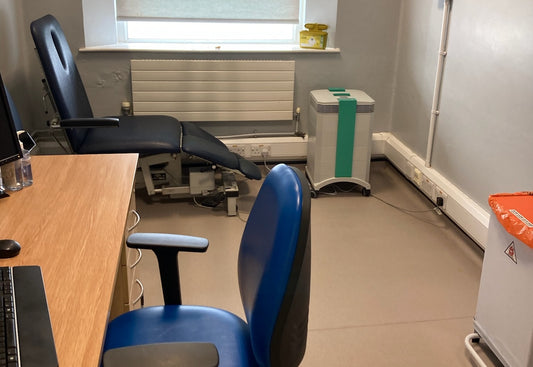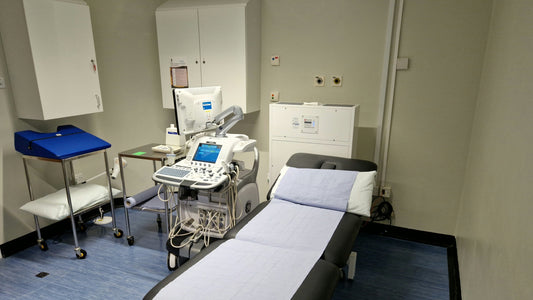There has been a revolution in awareness of chemical air pollution in research laboratories and the resulting laboratory air cleaning. I could tell you several 'horror stories' of casual exposure to mercury vapour, benzene and chromic acid (the ultimate glassware cleaning agent) among innocent biomedical PhD students (including myself) in the 1970s. But researchers in hospitals and other laboratories can never afford to be complacent about exposure to chemical air pollution because there are so many different substances involved – and we still do not know too much about the long-term health effects of so many of them.
Chemicals often used in the clinical research environment may be:
- Toxic
- Corrosive
- Reactive
- Flammable
- Radioactive
There could be hundreds of different chemicals used in the hospital research lab – some, like methanol, in large volumes, others, such as radioactive tracers, in tiny amounts. Hazard to health can arise (and be prevented) at any stage. For instance:
- Ordering – avoid bulk purchase, look for safer substitutes
- Storage – safe, secure, labelled
- Handling – with protective equipment, ventilation
- Disposal – protect the water supply, follow the procedure
Solvents are an important group of chemicals used in the clinical research environment. They are needed in almost all procedures to dilute and dissolve. Probably the four most common are:
- Methanol
- Ethanol
- Toluene
- Xylene
All four are classed as Volatile Organic Compounds (VOCs), being liquids with a relatively low boiling point and a tendency to readily evaporate into the air. Thus exposure to a VOC by inhalation is a potential health hazard. These four solvents are also highly flammable and pose a fire hazard if not stored properly.
Let's focus on xylene, a colourless hydrocarbon (chemically related to toluene and benzene) which is widely used in processing tissue for making microscope slides. The health hazards of xylene have been known for many years and are described in a recent review, 'Xylene: An overview of its health hazards and preventive measures.' Short-term exposure causes effects on the central nervous system (headaches, dizziness), lungs (chest tightness, shortness of breath) and irritation of the eyes and throat. Longer-term exposure to xylene may result in a condition known as Organic Solvent Syndrome whose symptoms include:
- A headache
- Irritability
- Depression
- Fatigue
- Impaired concentration
- Memory loss
A recent report links xylene and toluene exposure in hospital laboratory workers to an increased incidence of Raynaud's syndrome, a painful condition involving narrowing of the blood vessels in the hands.
Xylene is one of the 500 substances which have a Workplace Exposure Limit set through the UK Government's Control of Substances Hazardous to Health regulations. The limits set are 50 parts per million (ppm) for 8-hour exposure and 100 ppm for a 20-minute exposure. The United States National Institute for Occupational Safety and Health sets limits of 100 ppm and 200 ppm respectively for xylene exposure.
There are three ways of reducing the impact of xylene in the hospital research laboratory:
- Substitution. Various alternatives to xylene have been tried – none of them ideal. They include limonene (an extract of citrus fruit peel) and mineral oil. Research in 'green chemistry' continues to look for safer and more environmentally friendly alternatives to conventional chemicals in common use – so they may well come up with an improved substitute for xylene in due course.
- Air purification. Removing the contamination from the lab by the use of systems designed for laboratory air cleaning.
- Protection. Use of personal protective clothing like gloves is essential when working with xylene.
To speak to one of our experts, please contact us at 0203 176 0524.




